In 27320, Cristopher Russell and Moses Proctor Learned About Trimmed Grass
With compost, you are developing abundant humus for your yard and garden. This includes nutrients to your plants and assists retain soil wetness. They don’t call it “black gold” for nothing. Compost is the single crucial supplement you can provide your garden. Composting can divert as much as 30% of home waste away from the garbage can.
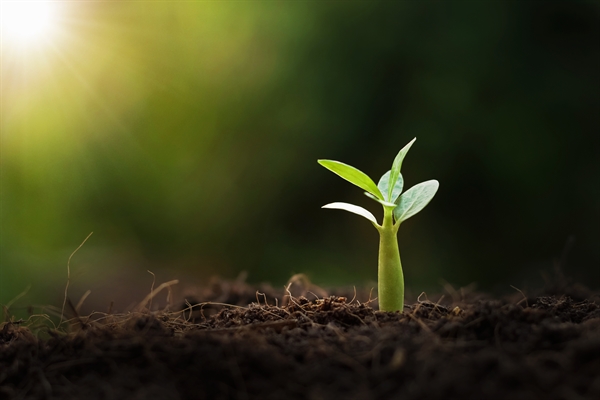
Instead, it produces hazardous methane gas as it breaks down, increasing the rate of worldwide warming and climate modification. Tiny organisms in garden compost aid aerate the soil, break down natural products for plant use, and fend off plant illness. Composting offers a natural alternative to chemical fertilizers when applied to lawns and garden beds.
One-third of land fill waste is made up of compostable materials. Diverting this waste from the landfill indicates that our land fills will last longer (therefore will our wild spaces). Related: Best Compost Bins and Tumblers Reviewed What you can take into your compost will depend rather on what kind of composter you have, however some general rules do apply.
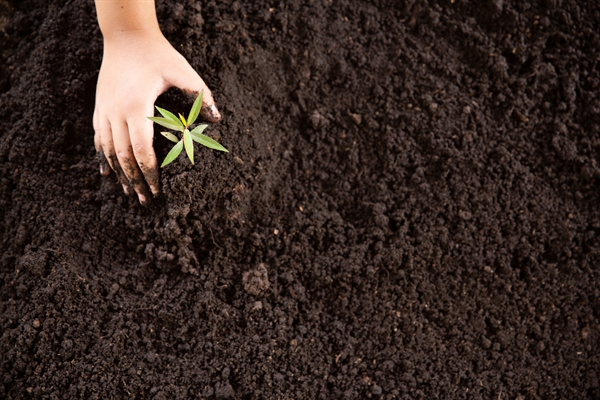
The secret to a healthy compost heap is to preserve a working balance between these 2 aspects. Carbon Carbon-rich matter (like branches, stems, dried leaves, peels, little bits of wood, bark dust or sawdust pellets, shredded brown paper bags, corn stalks, coffee filters, coffee grounds, conifer needles, egg shells, straw, peat moss, wood ash) provides compost its light, fluffy body.
Nitrogen Nitrogen or protein-rich matter (manures, food scraps, green lawn clippings, kitchen area waste, and green leaves) offers raw products for making enzymes. A healthy compost heap ought to have much more carbon than nitrogen. An easy general rule is to utilize one-third green and two-thirds brown materials. The bulkiness of the brown products permits oxygen to permeate and nurture the organisms that live there.
Excellent composting health suggests covering fresh nitrogen-rich material, which can launch smells if exposed to open air, with carbon-rich material, which frequently radiates a fresh, fantastic odor. If in doubt, add more carbon! Product Carbon/Nitrogen Details Wood chips/ pellets Carbon High carbon levels; usage sparingly Wood ash Carbon Just utilize ash from tidy materials; sprinkle lightly Tea leaves Nitrogen Loose or in bags Table Scraps Nitrogen Add with dry carbon products Straw or hay Carbon Straw is best; hay (with seeds) is less ideal Shrub prunings Carbon Woody prunings are slow to break down Shredded paper Carbon Avoid utilizing shiny paper and colored inks Seaweed and kelp Nitrogen Apply in thin layers; great source for trace element Sawdust pellets Carbon High carbon levels; include in layers to prevent clumping Pine needles Carbon Acidic; usage in moderate amounts Newspaper Carbon Avoid using shiny paper and colored inks Leaves Carbon Leaves break down quicker when shredded Yard & garden weeds Nitrogen Only utilize weeds which have not gone to seed Green comfrey leaves Nitrogen Excellent garden compost ‘activator’ Grass clippings Nitrogen Add in thin layers so they don’t mat into clumps Garden plants– Use disease-free plants just Fruit and vegetable scraps Nitrogen Include with dry carbon items Flowers, cuttings Nitrogen Slice up any long woody stems Eggshells Neutral Finest when crushed Dryer lint Carbon Finest if from natural fibers Corn cobs, stalks Carbon Slow to break down; finest if chopped up Coffee premises Nitrogen Filters might likewise be included Chicken manure Nitrogen Outstanding compost ‘activator’ Cardboard Carbon Shred product to avoid matting To save cooking area waste till you’re ready to transfer it to your composter, keep a container with a lid and a deal with under the sink.
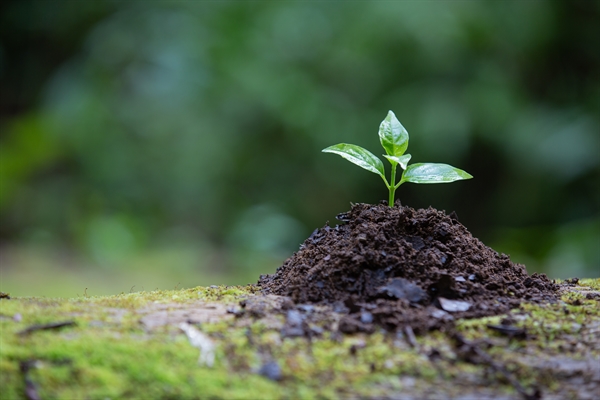
If you do not mind occasional smells, utilize an old ice-cream pail. Slice up any big portions before you toss them in. With yard and garden wastes, different composting materials will disintegrate at various rates, but they will all break down ultimately If you want to speed up the composting process, chop the bigger material into smaller sized pieces.
Prevent putting them on in thick layers– they will mat together and reduce aeration, which slows the composting procedure. Including garden soil to your compost will assist to mask any odors, and microbes in the soil will speed up the composting process. If you have too many leaves to integrate into the compost bin, you can simply compost the stack of leaves by itself.
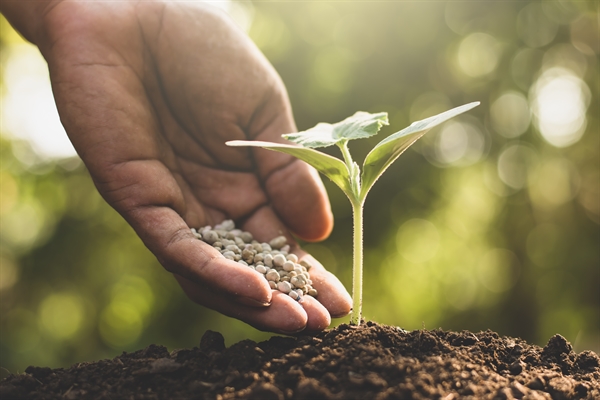
The leaf stack need to be at least 4 ′ in size and 3 ′ in height. Consist of a layer of dirt between each foot of leaves. The stack needs to perspire adequate that when a sample drawn from the interior is squeezed by hand, a few drops of moisture will appear. The stack ought to not be packed too securely.
In 11784, Mira Saunders and Aron Davis Learned About Grass Clippings As Fertilizer
Leaf compost is best used as an organic soil change and conditioner; it is not usually utilized as a fertilizer since it is low in nutrients. For additional information, checked out Use Fall Delegates Keep Your Compost Working Through the Winter Usage delegates make a healthy “tea” for your plants.
Leave for three days, then get rid of the “tea bag” and discard contents into the compost. Dig the enriched water with a smaller sized pail and utilize to water your plants and shrubs. Related: 10 Pro Composting Tips From Professional Gardeners Start your garden compost pile on bare earth. This allows worms and other useful organisms to aerate the garden compost and be transferred to your garden beds.
This help drainage and helps aerate the stack. Add compost products in layers, rotating moist and dry. Damp components are food scraps, tea bags, seaweed, etc. Dry materials are straw, leaves, sawdust pellets and wood ashes. If you have wood ashes, sprinkle in thin layers, or they will clump together and be slow to break down.
This activates the compost heap and speeds the procedure along. Keep garden compost moist. Water periodically, or let rain do the job. Cover with anything you have– wood, plastic sheeting, carpet scraps. Covering helps keep moisture and heat, 2 essentials for garden compost. Covering likewise avoids the compost from being over-watered by rain.
Turn. Every few weeks offer the pile a fast turn with a pitchfork or shovel. This aerates the pile. Oxygen is needed for the process to work, and turning “includes” oxygen. You can avoid this step if you have a prepared supply of coarse product like straw. Once you’ve developed your compost heap, add new products by mixing them in, rather than by adding them in layers.
If you wish to purchase a composter, rather than build your own compost pile, you may think about a purchasing a turning compost tumbler which makes it simple to mix the compost regularly. Related: How to Use Finished Compost Picking what kind of composter will work best for you involves thinking about 3 main aspects: Where you live What you’ll be composting Whether you wish to turn your garden compost by hand or not Where do you live?What will you be composting the most? Composting primarily kitchen area scraps Composting cooking area scraps plus some yard waste Composting great deals of yard waste Urban (no outdoor space)Worm bin(vermicomposting) Urban (some outside space, patio, or balcony)Worm bin or Compost tumbler Compost tumbler Suburban (with backyard)Confined bin or garden compost tumbler Enclosed bin or garden compost tumbler Enclosed or Do It Yourself bin Rural (with yard/acreage)Enclosed bin, or compost tumbler Open compost heap, enclosed bin, or tumbler Open compost pile or multiple enclosed bins If you’re prepared to turn your compost every 1-2 weeks and you live in a location with access to outdoor area and carbon rich products, enclosed bins or open compost heap could work for you.
Check out on to read more about each of these garden compost systems and other composting suggestions. Related: Worm Composting Essential for Beginners The biggest task with composting is turning the stack from time to time. Nevertheless, with ‘no-turn composting’, your garden compost can be aerated without turning. The secret is to completely blend in sufficient coarse material, like straw, when building the stack.
With ‘no-turn’ composting, add brand-new materials to the top of the pile, and harvest fresh garden compost from the bottom of the bin. This can be easily performed in an Aerobin Composter, or a Eco King garden compost bin. Which brings us to … For small-scale outdoor composting, enclosed bins are the most useful.
Merely drill 1.5-cm aeration holes in rows at approximately 15-cm periods around the can. Fill the can with a mix of high-carbon and high-nitrogen products (see our table above). Stir the contents sometimes to avoid anaerobic pockets and to accelerate the composting procedure. If the cover is protected, the bin can be laid on its side and rolled; a length of 2 ″ cedar (use a 2 × 2 or a 2 × 4) can be bolted to the inside, running top to bottom, to help turn the material.
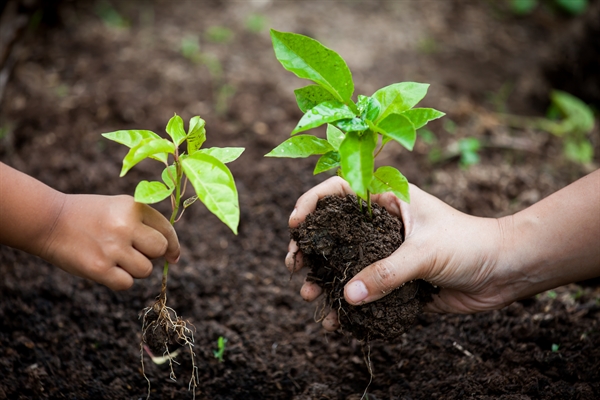
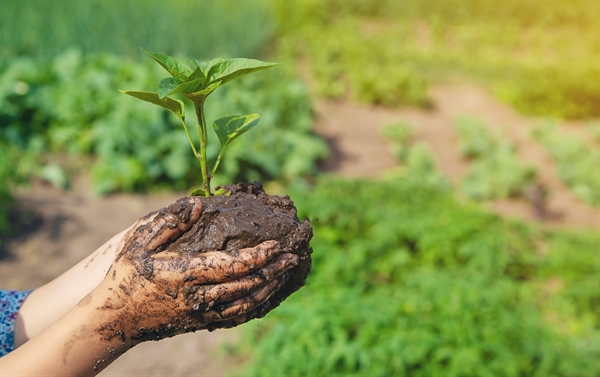
In 52001, Sarah Ritter and Jax Griffith Learned About Raking Grass After Mowing
Another option is a compost bin, often called a ‘compost digester’. Garden compost bins are confined on the sides and top, and open on the bottom so they sit straight on the ground. These are common composting systems for houses in property locations where bins tend to be smaller sized, yet enclosed enough to prevent pests.
These bins are thin-walled plastic, and might chip along the edges, especially throughout a freeze. These counter top ‘composters’ grind and dehydrate food waste rather than decomposing it. The procedure takes as little as three hours, leaving you with an odor-free product appropriate for garden fertilizer. When completed, bury the resulting product underneath the soil surface, where the decay procedure starts– to the benefit of your plants.
It’s possible to keep relatively heats in drum/tumbler systems, both due to the fact that the container acts as insulation and because the turning keeps the microbes oxygenated and active. Some styles supply an interior “paddle” or “aeration spikes” which help bring air into the compost and prevent clumping of the composting products.
This greatly speeds up the composting procedure. An enclosed ‘tumbler’ system provide the following benefits: Accelerate the composting procedure Composts year-round due to greater internal temperature level Can’t be accessed by rodents, raccoons, pet dogs, or other critters Keeps garden compost neatly confined and odor-free; appropriate for residential locations and big home terraces or patio areas To find out more, see Compost Tumblers: Comparing various compost tumbler designs See our buy more information or to buy a garden compost tumbler.
To resolve this issue, you’ll require to restore your compost to a healthy nitrogen-carbon balance. To discover how restore your compost stack, read our article How to Fix a Soggy Compost Stack. This is a common problem with products thrown into the composter. The damp products stick together and slow the aeration procedure.
Grass clippings and leaves need to be blended with remainder of the composting products for finest results. If there’s a population of raccoons in your location, they will be naturally drawn in to your garden compost stack. The very best service to this issue is to bar their entry to the garden compost. (Traps and toxins are more problem than they deserve.) A wood or metal lid can be easily hinged to the bin explained above on this page, or you can purchase a commercially-made compost bin with protected fitted covers which are pest-proof, such as the Aerobin or Jora JK 270.
You can put your bin on a plot of earth that you plan to utilize for a future vegetable or flower bed, or fruit tree. Each year, you can move the bin to a different location; you’ll get a double benefit– the garden compost from the bin, and a bed of nutrient-rich soil prepared for new plantings.
Companion Plants ResourceFor instance, make certain to get straw, and not hay, considering that straw is mainly weed-free. Ask the sales staff if there have been any grievances about seeds in these items. Below are a few samples. To see all the composters in our shop: Click Here.

Really screwing up your compost is difficult to do. Throw raw material in a stack outdoors and it will break down ultimately, even if you never look at it once again. “There’s no best way to garden compost,” states Rick Carr, compost expert at the Rodale Institute’s organic farm. “I’ll never inform somebody they’re composting incorrect, or firmly insist that a 75-year-old needs to go out and turn her compost heap two times a year with a pitchfork’But if you want to save yourself some problem with bugs while making compost that’s richer in nutrients and much easier to preserve, Carr is your go-to guy.